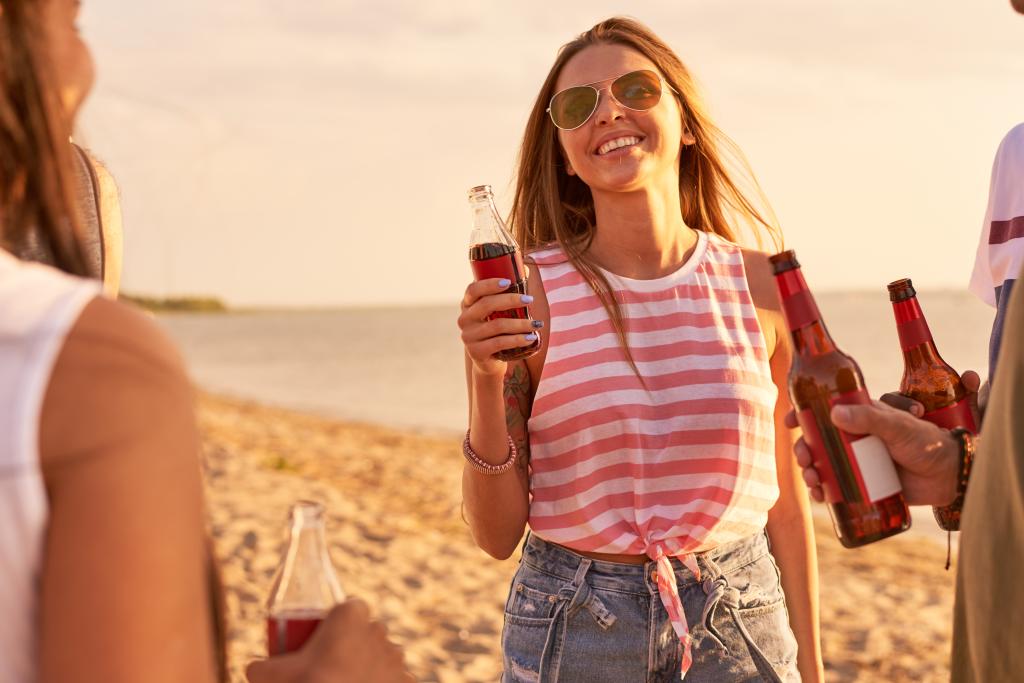Summertime is a popular season for many individuals to enjoy the warm weather and outdoor activities by the water, often accompanied by alcoholic beverages. While drinking in the sun may sound like a perfect way to relax, experts warn that there are serious risks involved with combining alcohol and water activities. Accidental drownings are on the rise in the US, making it critically important to exercise caution when consuming alcohol near any body of water, especially when swimming or boating. Alcohol impairs judgment, coordination, and reaction times, increasing the likelihood of drowning due to impaired abilities to assess swimming strength, water depth, and currents.
Dr. Shoshana Ungerleider advises individuals to avoid swimming after consuming alcohol and to take extra care when drinking on a boat. The National Institute on Alcohol Abuse and Alcoholism reports that 60% of boating fatalities may involve alcohol, making it crucial to never ride with an intoxicated boat operator. According to the Coast Guard, a boat operator with a blood alcohol concentration above .10% is 10 times more likely to die in a boating accident. Staying safe while drinking around water sources includes being vigilant, avoiding risky activities, and keeping an eye on friends or family members who consume alcohol.
Alcohol is a diuretic that expels fluids from our bodies at a faster rate, leading to dehydration when combined with exposure to intense sunlight. Dehydration can result in heat exhaustion or heat stroke, with symptoms such as dizziness, fainting, and headaches. Dr. David Deyhimy provides recommendations to combat dehydration and sunstroke, such as hydrating with non-alcoholic beverages before consuming alcohol, eating a large meal, applying sunscreen, and keeping cool in the shade. Diluting alcoholic drinks with juice or water, snacking throughout the day, and alternating between alcoholic and non-alcoholic beverages can also help prevent dehydration and overheating.
Maintaining moderation while drinking during summer activities is crucial for overall health and safety. The CDC advises men to limit alcoholic drinks to two per day and women to one per day. Binge drinking, which is defined as consuming five or more standard drinks for men or four or more for women within two hours, can have serious health consequences. Keeping track of the amount of alcohol consumed can be challenging during summertime day drinking, as refilling glasses or switching warm beverages for cold ones can make it difficult to monitor intake. Being mindful of alcohol consumption can help avoid hangovers in the short term and reduce the risk of long-term health issues.
In conclusion, enjoying alcoholic beverages during summertime activities near water sources can be a relaxing and fun experience, but it is important to be aware of the risks involved. By staying vigilant, avoiding dangerous activities, monitoring alcohol consumption, and staying hydrated, individuals can enjoy summer safely while drinking. Remembering to drink in moderation, follow safety guidelines, and prioritize health can ensure a positive and enjoyable experience while sipping on a refreshing beverage under the sun. By being cautious and responsible, individuals can have a safe and fun summer season filled with relaxation and enjoyment.















